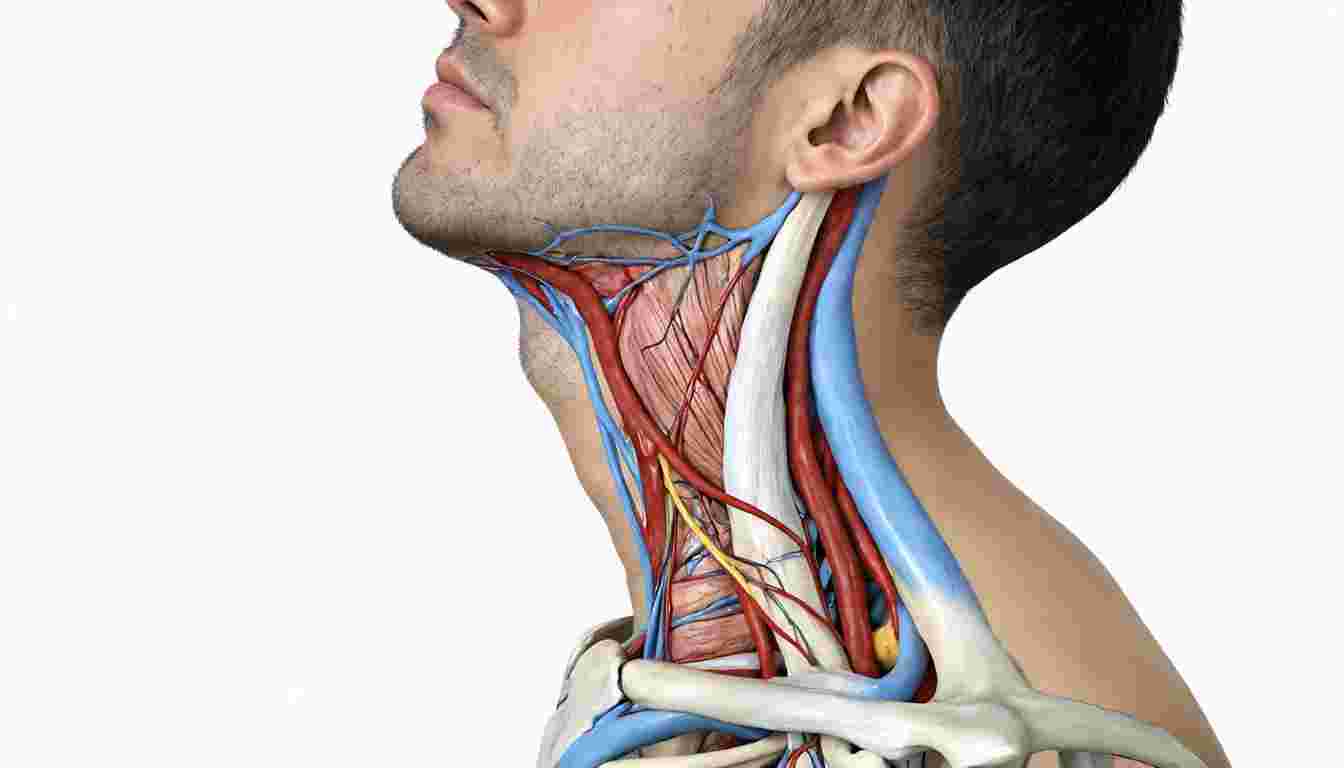Principles of Patient Monitoring in an ICU
Hemodynamic Monitoring
Hemodynamic monitoring is essential in ICUs, assessing cardiovascular function and guiding treatment decisions for critically ill patients.

Principles of Patient Monitoring in an ICU
Hemodynamic Monitoring
Hemodynamic monitoring plays a critical role in the intensive care unit (ICU) by evaluating and optimizing the cardiovascular system of critically ill patients. It ensures effective perfusion, helps in diagnosing underlying conditions, and guides interventions.
Key Components
- Blood Pressure Monitoring: Includes invasive (arterial catheter) and non-invasive methods.
- Cardiac Output Measurement: Assessed using echocardiography or thermodilution techniques.
- Central Venous Pressure (CVP): Provides insight into right ventricular function.
- Pulmonary Artery Catheterization: Used for detailed hemodynamic assessment.
Technologies Used
Modern ICUs employ advanced technologies such as Doppler ultrasound, pulse contour analysis, and automated monitoring systems to enhance patient management.
Clinical Significance
Accurate hemodynamic monitoring helps prevent complications, tailor treatment plans, and improve patient outcomes, making it an indispensable aspect of critical care medicine.
Tags
Recommended Reads
Explore related articles that might interest you

Pathophysiology and Clinical Manifestations of Sepsis Syndrome

Jugular Venous Distension Assessment

Principles of Patient Monitoring in an ICU

HIV in Pregnancy: Screening, Risk Factors, and Management

Comprehensive History Taking in General Medicine

Medical history documentation for differentiating etiologies of disease

